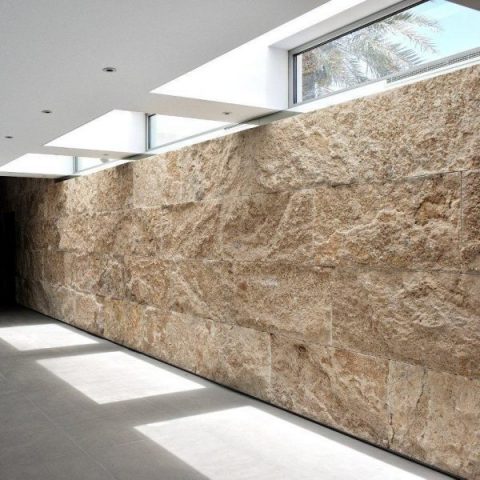When it comes to building a house or any other structure, the exterior walls are one of the most important components. They not only provide structural support but also protect the interior from the elements. Choosing the right material for exterior walls is crucial for the longevity and durability of the building. In this article, we will explore the different types of materials used for exterior walls and their pros and cons.
- Brick
Brick is one of the oldest and most popular materials used for exterior walls. It is made from clay that is fired at high temperatures to create a hard, durable material. Brick is known for its strength, durability, and low maintenance. It is also fire-resistant and provides good insulation. However, brick can be expensive and requires skilled labor for installation.
- Stone
Stone is another popular material used for exterior walls. It is available in a variety of colors and textures, making it a versatile option for different architectural styles. Stone is durable, fire-resistant, and provides good insulation. However, it can be expensive and heavy, which can increase the cost of installation.
- Stucco
Stucco is a popular material used for exterior walls in areas with a dry climate. It is made from a mixture of cement, sand, and water, which is applied in layers to create a textured finish. Stucco is durable, fire-resistant, and provides good insulation. It is also low maintenance and can be painted in different colors. However, stucco can crack over time and requires regular maintenance.
- Wood
Wood is a popular material used for exterior walls in areas with a mild climate. It is available in different types, such as cedar, redwood, and pine, and can be painted or stained in different colors. Wood is lightweight, easy to install, and provides good insulation. However, it is not fire-resistant and requires regular maintenance to prevent rot and decay.
- Vinyl
Vinyl is a synthetic material used for exterior walls. It is available in a variety of colors and textures, making it a versatile option for different architectural styles. Vinyl is lightweight, easy to install, and requires low maintenance. It is also affordable and provides good insulation. However, vinyl can fade over time and is not fire-resistant.
In conclusion, choosing the right material for exterior walls depends on various factors, such as climate, budget, and architectural style. Each material has its pros and cons, and it is important to consider them before making a decision. By choosing the right material, you can ensure the longevity and durability of your building.

More Stories
Safety First: Essential Features of Heavy Duty Storage Racks
The Versatility of Glass Fiber Cloth in Modern Industries
Why Indoor Adventure Parks Are the Perfect Rainy Day Solution